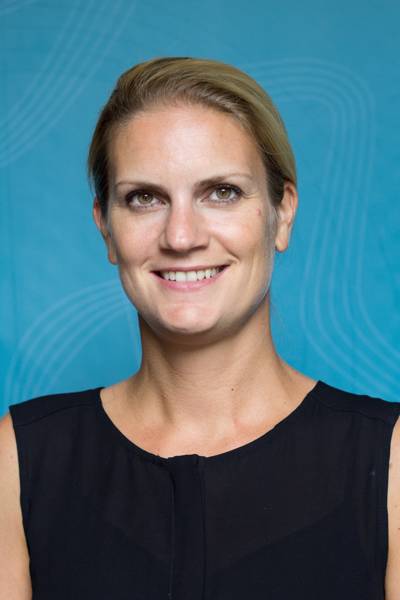The current state of knowledge of sexual violence in war-torn societies is very weak. Policymakers cannot effectively intervene to stop sexual violence in war without information on where this behavior is likely to take place, when it occurs, who are likely to perpetrate the crimes, and who is likely to be targeted. This paper recognizes the need for comparable data on across cases in order to devise effective solutions for the prevention of sexual violence, and outlines the associated challenges and potential solutions. We discuss four main challenges with the study of wartime sexual violence: (a) Defining sexual violence, (b) measuring magnitude, (c) selecting relevant variables beyond magnitude, and (d) identifying and accounting for biases in source data. We recommend the adoption of a definition of sexual violence that allows for a broader set of violence beyond rape alone, and that includes the potential for male victims and female perpetrators. To measure the magnitude of sexual violence on a global scale, we recommend coding data in categories of severity rather than attempting to establish numerical estimates of victims. In order to develop early-warning systems, we suggest collecting data that is time-variant, includes details of location of the violation and the form of sexual violence, as well as characteristics of perpetrators and victims. Although there are a variety of biases in the sources of data used to gather these details, these may be mitigated through triangulating data, meaning using multiple sources. Despite the challenges in data collection on wartime sexual violence, the Sexual Violence in Armed Conflict (SVAC) project indicates that a global data collection is attainable.
Nordås, Ragnhild & Dara Kay Cohen (2011) Wartime Sexual Violence: Challenges and Opportunities for Data Collection and Analysis. CSCW Report. Oslo: CSCW/PRIO.








